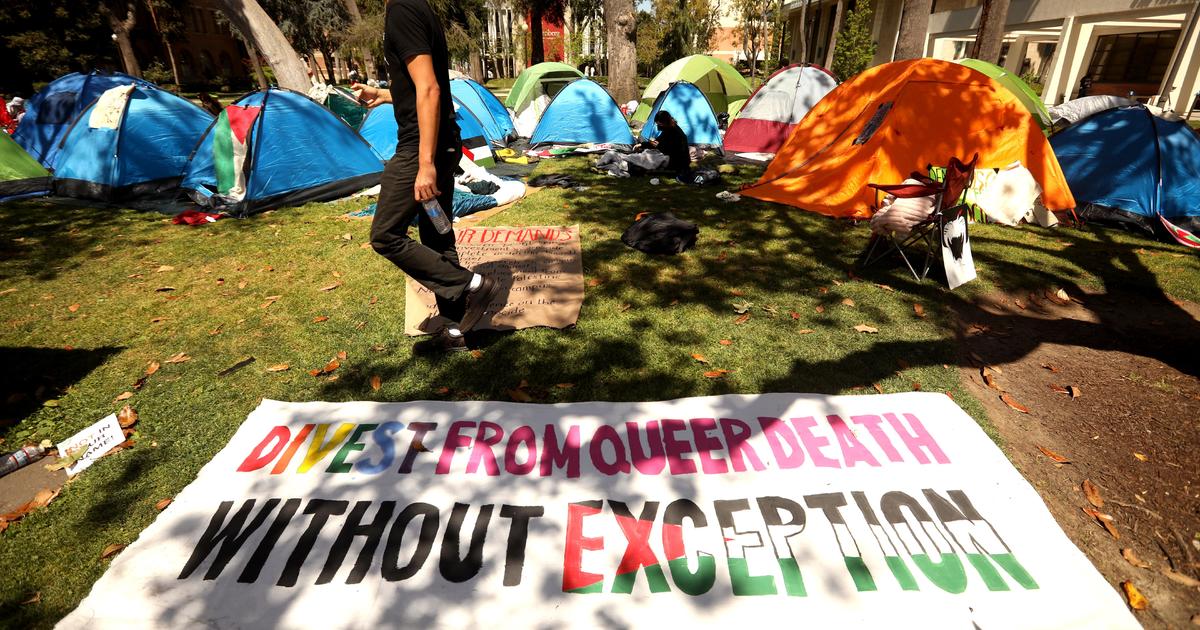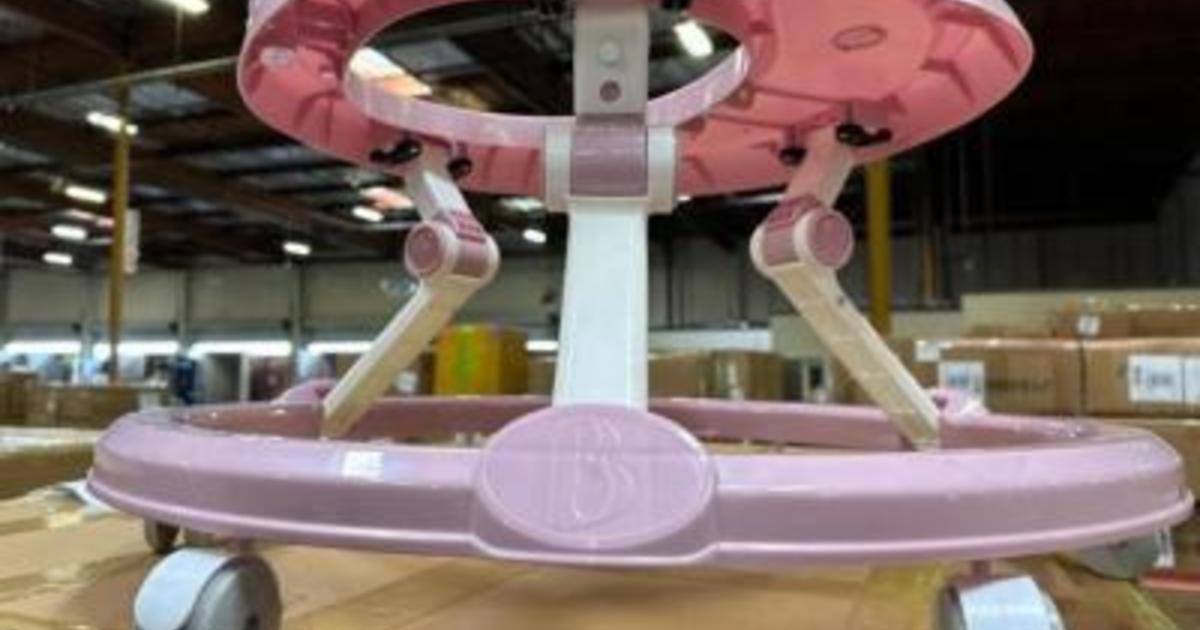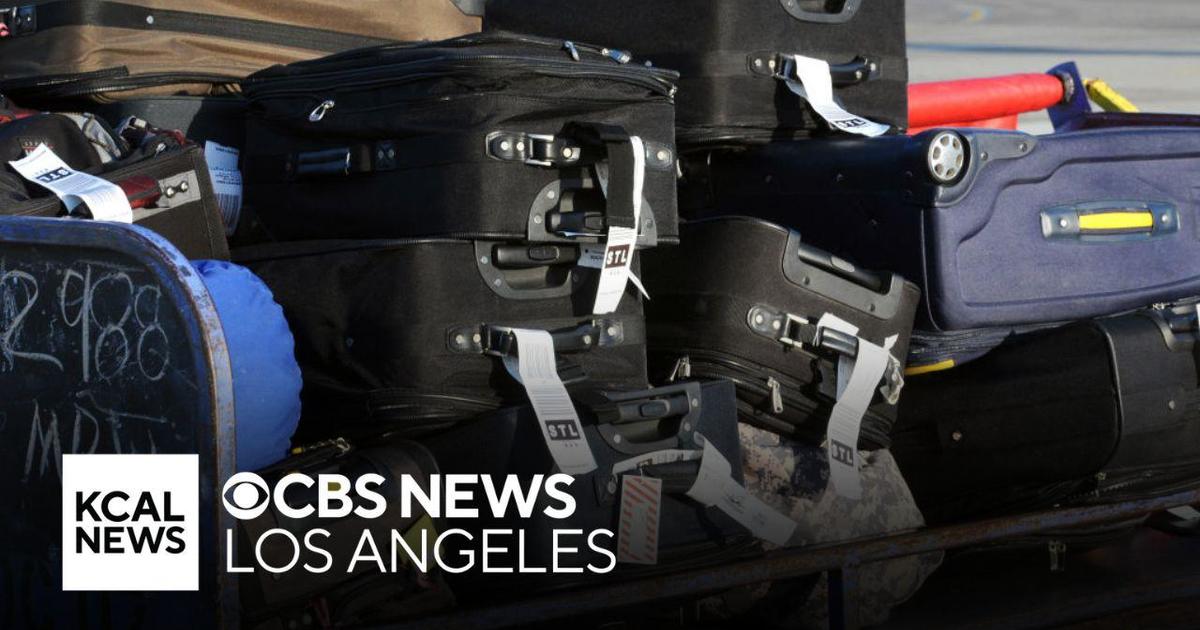Relics Of Buddhist Monk Who Shocked World With Self-Immolation On Exhibit At Rosemead Temple
ROSEMEAD (CBSLA.com) — The iconic picture of a burning monk during the Vietnam War still stirs strong emotion.
And it's about to do so again in a most unimaginable way.
His crystallized remains, revered as the monk's holy relics, are going on display at a small temple in Rosemead this weekend.
It was June 11, 1963. The venerable Thích Quảng Đức, in the first and most famous recorded act of self-immolation, was protesting the persecution of Buddhists by the South Vietnamese government and President Ngô Đình Diệm.
The peaceful face of a Buddhist monk, the fine drapery of his robe and monstrous flames engulfing his body, were captured in a photo taken by AP journalist Malcolm Browne. In pre-digital days, it took the image an incredible 15 hours over 9,000 miles of AP wire photo cable for it to become breaking news in America.
New York Times reporter David Halberstam witnessed the act and later noted the monk never moved a muscle or made a sound.
The monk's remains were ordered cremated for burial, but something unexplainable happened: witnesses said his heart would not burn. Even after a second cremation, 10 hours in all, historians say his heart did not disintegrate, along with some of his bones, which had crystallized.
Today, a tiny, pearl-like relic, believed to be that of the famous burning monk, is being kept at a small temple in Rosemead for the first time.
"People are still very emotional about him. Not only Vietnamese people but also a lot of G.I.s and people involved in Vietnam for one way or the other. They get very emotional too," said the abbot at Lu Mountain Temple, the venerable Thích Vĩnh Hóa.
He also coincidentally is the great-nephew of Diệm.
And while some, including Buddhist monks, saw the self-immolation as a political act, Thích Vĩnh Hóa does not.
"Sometimes, it's misconstrued as a political act. It's not at all," he said.
He sees it as the ultimate self-sacrifice for the good of others: an act that united all Buddhists in Vietnam and led to the collapse of the Diệm regime.
The relic was obtained and donated to the temple by the venerable Thich Hien Tri, a retired Army captain and former Vietnam prison camp survivor who became an ordained Buddhist monk at the age of 68.
While the whereabouts of the burning monk's heart is debated; most believe it's locked up in the Vietnamese government's vaults, while others believe it's being kept at one of the many temples the prolific monk built.
His crystallized remains are being kept at the temple, along with thousands of other relics, including a finger bone and a tooth of the Buddha, both of which, according to those at the temple, have inexplicably grown since they were acquired.
Another phenomenon: the relics are said to be multiplying. Little crystals that appear in or on the relic, grow, change color, then fall off, those at the temple say.
Believers, and not all of them Buddhists, are expected to travel from all over the country to Rosemead this weekend, hoping to lay their eyes on these relics of history.
"We opened during this Lunar New Year week so that more people can come and receive blessings from the relics," Thích Vĩnh Hóa said.
It's believed those who view the relics will receive blessings, including inner peace and good fortune.
The 10,000 Buddha Relics Exhibit is open Saturday through Feb. 22, from 10 a.m.-7 p.m., at Lu Mountain Temple, 7509 Mooney Drive in Rosemead, at no cost.
Additional information is available here.



